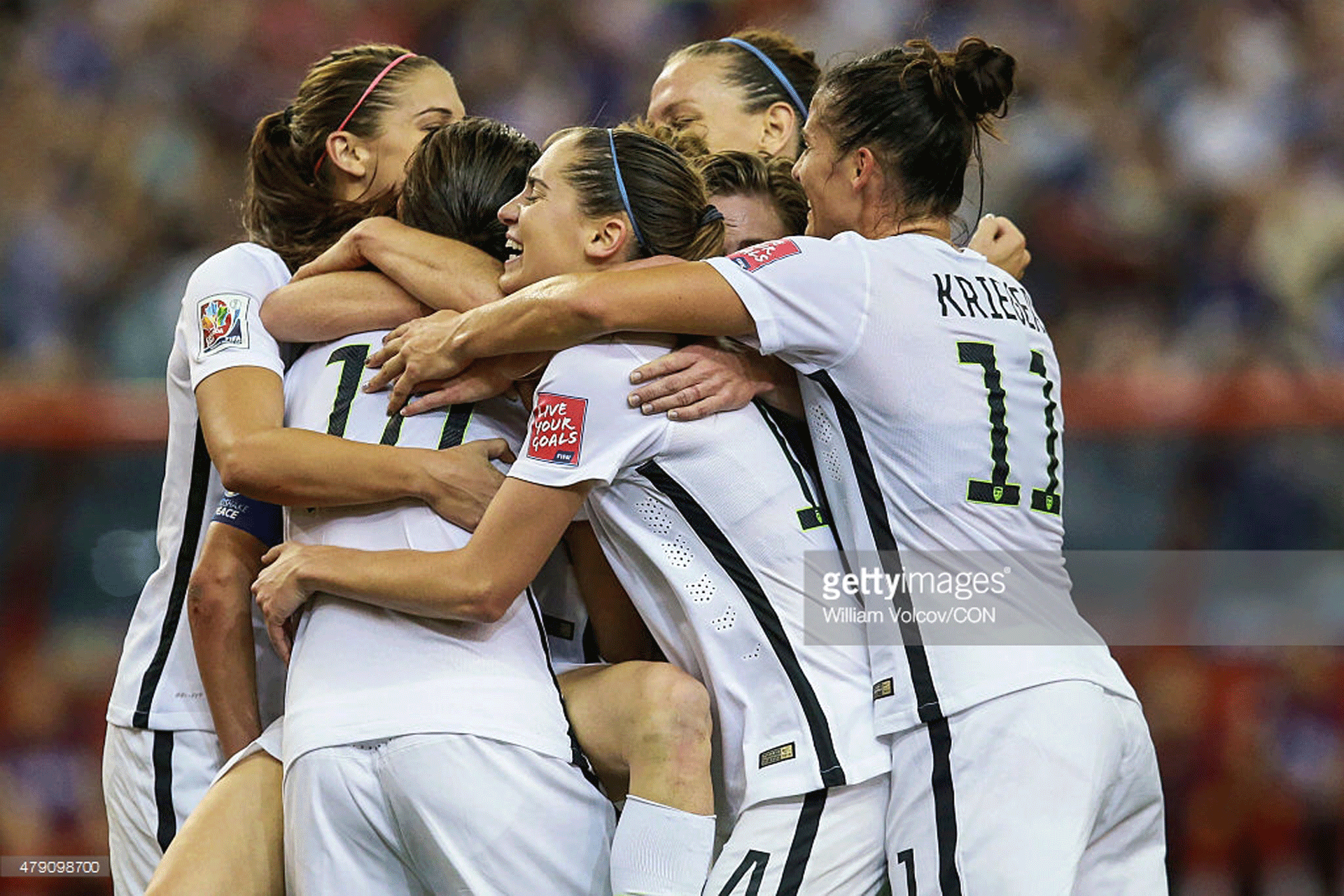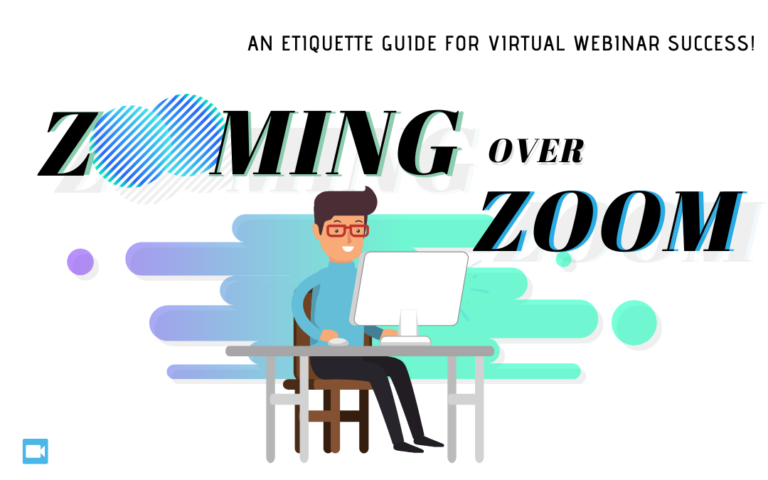We have all heard about the gender wage gap, how women typically earn around 78% of what their male counterparts do. Unfortunately, this statistic is fairly consistent across the board, and during wage gap discussions, the issues of women in business, movies and television are brought up most frequently. One sector that usually isn’t discussed, however, is the substantial wage gap between men and women in sports.
The US sports industry alone is a multibillion-dollar market. And, while an enormous amount of that money is not put into players’ pockets, there are several ways additional for athletes to earn a living. In terms of wages, men in Major League Soccer, for example, earn a minimum salary of $50,000, which they supplement with endorsements. In contrast, the maximum salary a woman can earn in the National Women’s Soccer League is $30,000, with the average earnings being between that and $6,000.
This weekend, the Women’s World Cup final drew record viewer numbers in the sport for either gender. Still, it was revealed that the winning American team earned a mere quarter of the money awarded to the men’s team, who lost in the first round of last year’s World Cup.
Not only salaries, but even endorsements are skewed in men’s favor, as male athletes generally earn more than their female counterparts. Additionally, many ads and sponsorships for women are based around the player’s attractiveness, which is subjective, exclusive and an issue that is not as prevalent for the male athletes.
A major challenge with sponsorship and advertising for female athletes is that many people feel there isn’t much money to be made in women’s sports. This is argument is based on the fact that there is significantly less screen time for women than for men. In fact, it was reported that FIFA spends only 15% of its resources funding women’s projects. It’s a discouraging cycle; funds won’t increase until more consistent interest is displayed, yet interest cannot be truly generated until women are given the same coverage as their male counterparts. However, despite the notable lack of media coverage for the Women’s World Cup, 26.7 million American viewers tuned in this past Sunday to watch the American team defeat Japan in a thrilling 5-2 match.
Women in sports are achieving incredible things on their own; they simply require the recognition they deserve in order to make those accomplishments known. All this begs the question, however, what records could these women break if the playing fields actually were even?






